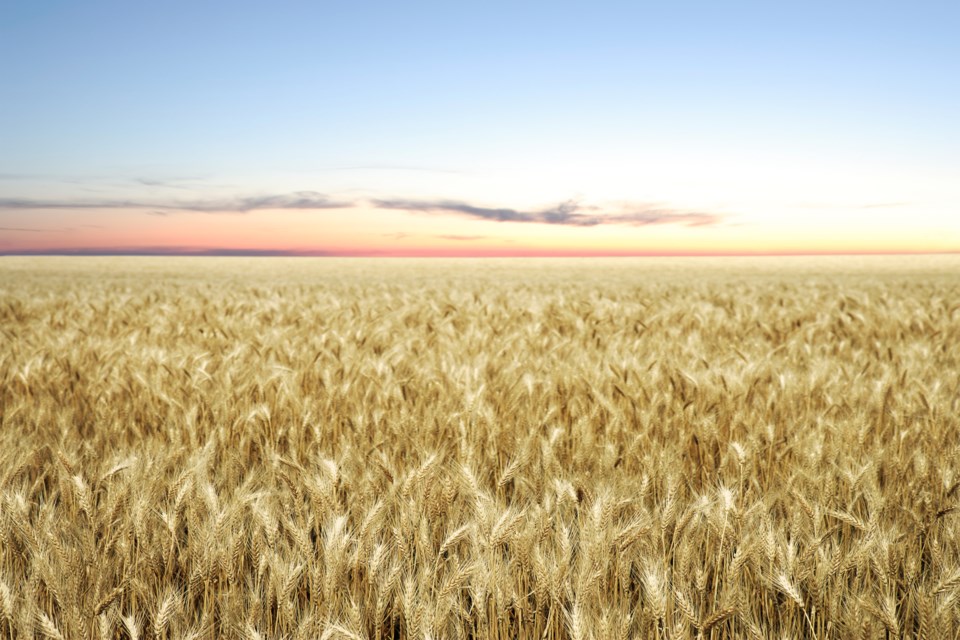REGINA - Harvest is complete for most producers across the Saskatchewan grain belt, according to the crop report for the period of September 26 to October 2. Ninety-five per cent of harvest is finished province wide, up from 91 per cent last week and ahead of the five-year average of 84 per cent. Damp weather slowed harvest activities; however, producers appreciate the rain. Canola and flax make up most of the crop still left to harvest across the province. Producers who still have flax standing are hoping for a frost to help stop the regrowth that is occurring due to the recent rainfall. In their favour, there were several killing frosts reported across the province this past week.
Harvest in the southwest and west-central regions is virtually complete with the odd field still left standing. The northwest and southeast have 93 per cent of their crop off, the northeast 92 per cent and the east central 90 per cent. Producers have finished harvesting their cereal and pulse crops and are now waiting for their remaining fields of flax or canola to dry down. Canola is now at 90 per cent and flax has reached 68 per cent completion.
There were some good showers in the province, allowing pasture lands to green up before the cold weather settles in. The rain received this past week will not completely replenish topsoil moisture levels, but it is a welcome start. Precipitation varied across the regions, but several large showers occurred resulting in rainfall amounts ranging from 30 to 45 mm.
Cropland topsoil moisture is rated as 23 per cent adequate, 52 per cent short and 25 per cent very short. Hay and pasture land topsoil moisture is rated as 19 per cent adequate, 53 per cent short and 28 per cent very short.
Hot, dry growing conditions, along with some late summer moisture, has resulted in lower grade rating for Hard Red Spring Wheat, which is 小蓝视频 reported as 57 per cent 1CW, 37 per cent 2CW and seven per cent 3CW. While this year’s initial grades are lower than in recent years, they are still higher than the 10-year average.
The 10-year average for Hard Red Spring Wheat is 43 per cent 1CW, 32 per cent 2CW, 16 per cent 3CW and nine per cent 4CW/feed.
The majority of crop damage this week was due to wind, waterfowl and wildlife. Wind is impacting unharvested crops by blowing swaths around, as well as shelling out crops and causing lodging.
Producers are busy combining, hauling grain and bales and moving cattle. Some producers are also starting other fall field work, such as post-harvest weed control and harrowing. Fall fertilizer applications are limited due to dry conditions.


